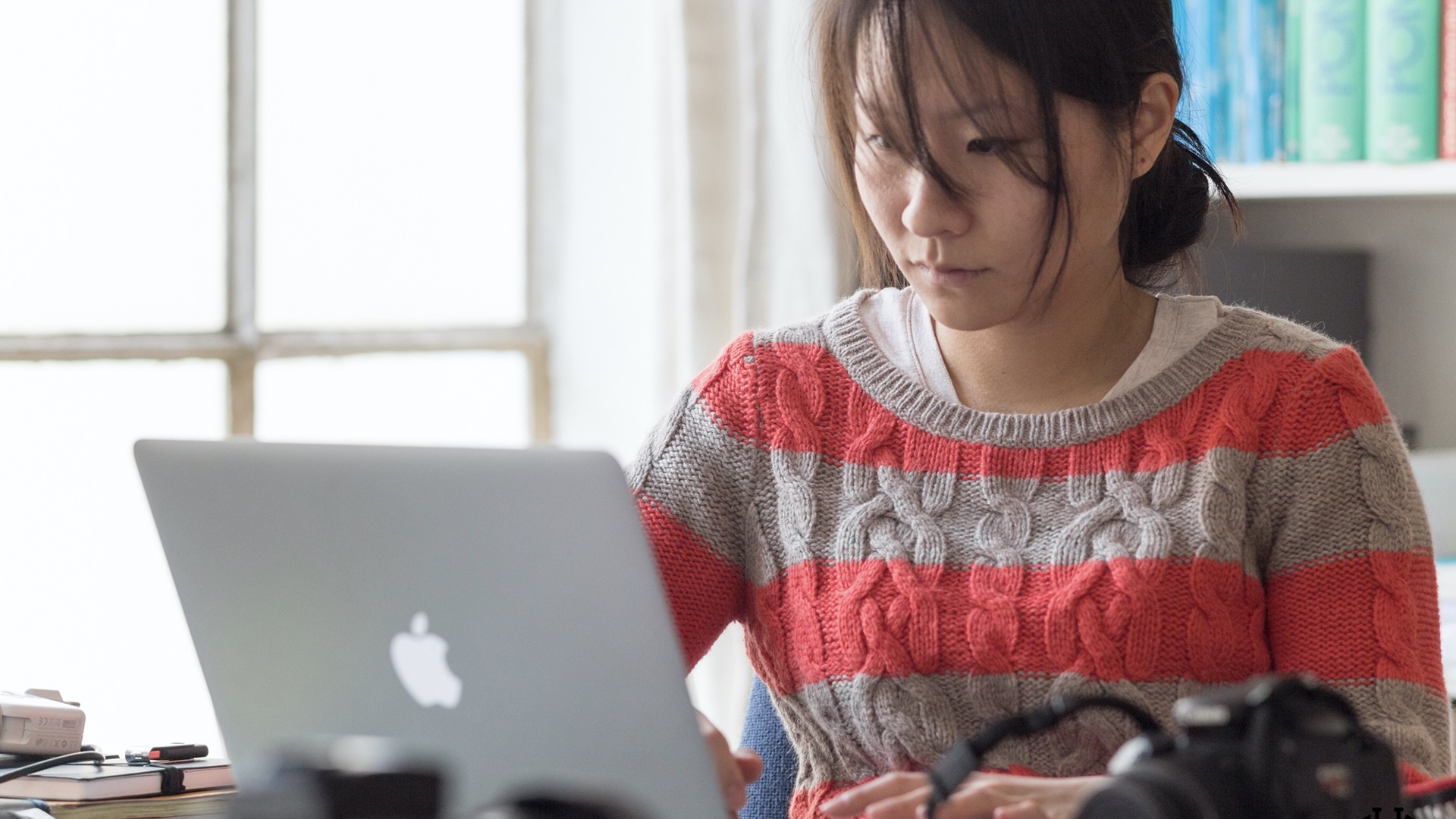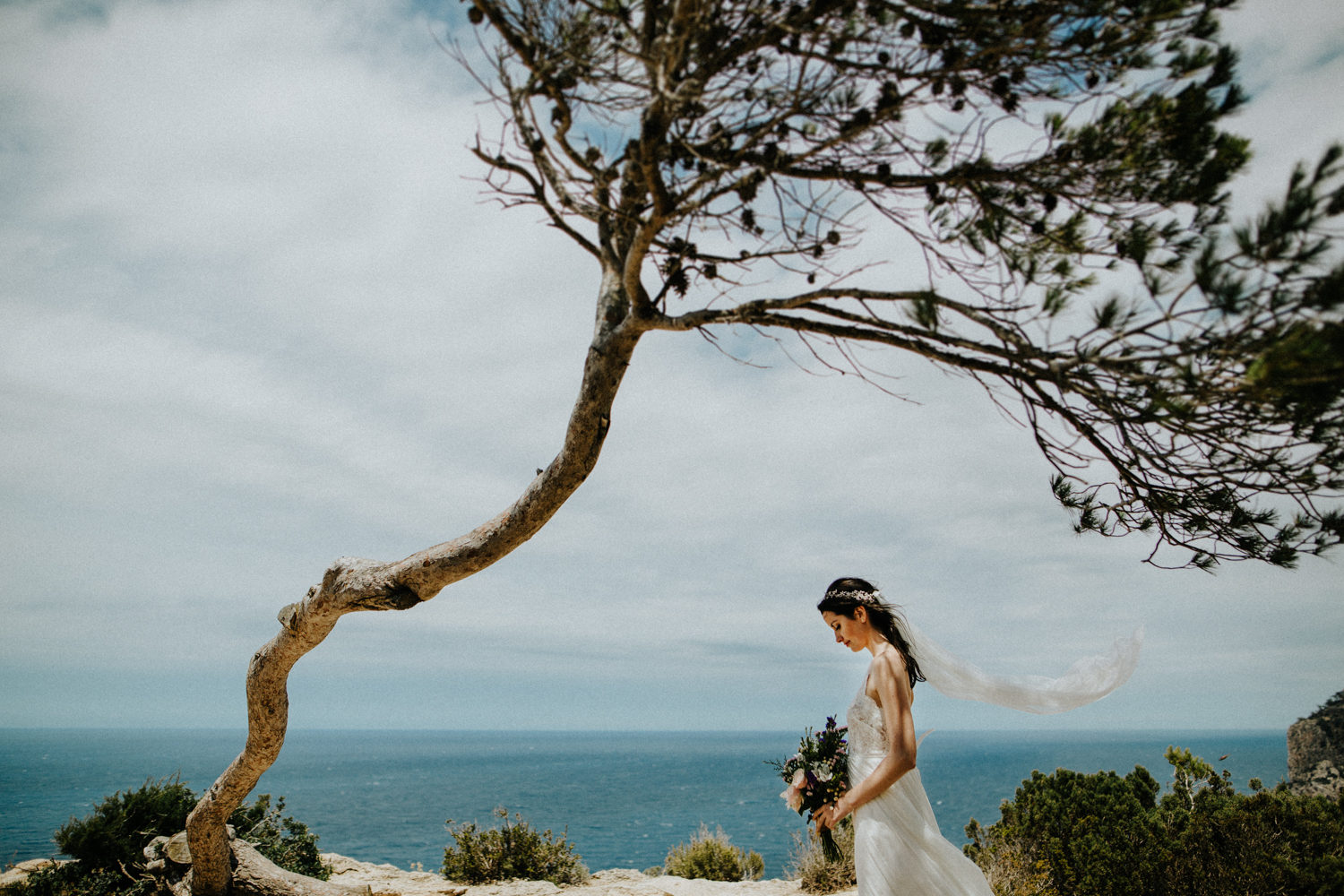Ask a best-selling commercial stock photographer about the biggest mistakes you can make early in your career, and the answer might surprise you. Sure, some might say they used the wrong camera or their pictures weren’t good enough, but many will tell you their mistakes were made behind-the-scenes during the uploading process.
In other words, creating marketable photos is only the start; from there, it takes some finessing to make sure they will be accepted to Licensing and, ultimately, be discovered by clients. That includes keywording your pictures, curating your selections, attaching the required releases, and more.
Uploading issues happen frequently, but the good news is that they are easy to fix. You don’t need to go back to school or buy new gear; you just need to tweak your workflow and put in an extra few minutes every time you submit your photos to Licensing. Here are five things to keep in mind.
The problem: Missing releases
Anyone who shoots for clients should be familiar with model and property releases; without them, you’re severely limiting your sales potential. The only situation where a release is unnecessary is if your photography doesn’t have any recognizable people or privately-owned properties. Plus, while not every photo needs a release, many top-selling subjects—such as lifestyle, family, or business—incorporate people and therefore require one.
Even if you’re shooting outdoors, you need a property release if you focus on fewer than three buildings or make one building the main focus of your image. Missing releases will result in your photos being placed in the “Changes Required” category, and they’ll only be accepted when you upload all required releases.
Similarly, if you submit your releases incorrectly or upload unnecessary ones, you’ll run into the same issue. Every model release should be submitted one-by-one as an individual file, so avoid scanning multiple releases into one PDF document.
The solution: An early agreement
To avoid this particular pitfall, discuss releases right off-the-bat with any potential model or property owner; explain that you plan to license your images, and ask if they’d be happy to sign. This step can happen when you first make contact with a model or scout a location for a future shoot (a property release can be signed by the homeowner, tenant, or property manager). Look out for any intellectual property issues that could present themselves, like tattoos on models or artworks on the walls.
Ironing out these details on—or, ideally, before—the date of the shoot will save time and disappointment in the future. It’s always easier to take care of the paperwork in the moment and in-person than it is to track someone down and chase them to get a release.
Many stock photographers prefer to work digitally with an app like Releases or Easy Release for flexibility. You can even have a section on your website where people can fill out their forms before the sessions so you don’t miss out on valuable shooting time. These are both good ways to keep everything organized and in one place.
The problem: Edits required
You carefully planned your location, your wardrobe, and your set, but somehow, a copyrighted detail found its way into one of your photos. Maybe it’s a logo on a shirt, or a sign in the background—whatever it is, the result is the same. Your photo is moved to “Changes Required” and not accepted to Licensing.
The solution: Attention to detail
A sneaky detail is not a reason to discard a great photo. These things happen, and they can be fixed. You can clone it out on the computer or replace it with something else. “The Adidas three-stripe design is an example of intellectual property, but can be easily edited to be two lines,” the 500px Content Team tells us.
“Other common required edits would be smartphone cameras and side buttons or laptop ports, as these are unique to specific brands.” The same goes for car designs or logos. When in doubt, spend the extra minute editing out any problematic details, as it’ll save you time in the long run.
The problem: Low visibility
When you upload your images to Licensing on 500px, you’re prompted to add titles, descriptions, and keywords. These details will ultimately determine how visible your photos are; if you don’t show up in client searches, they won’t sell.
The solution: Descriptive metadata
A common mistake photographers make when titling and keywording their images is applying terms that are too abstract. When it comes to titles and descriptions, stay literal. Describe the who (age, gender, ethnicity, relationships, etc.), what, where, and why behind your image. Titles and descriptions should clearly explain what’s happening in the photo.
Your first five keywords are weighted more heavily than the others, so make those the most important. Keywords can be a mix of literal terms and more abstract concepts, like emotions or moods, so you might get more conceptual here with terms like “coming together,” “environmental sustainability,” “diversity and inclusion,” etc.
Be thorough, and consider starting a spreadsheet with words, phrases, and topics you use frequently. Browse photos similar to yours, and check to see how they’re tagged. Think of search terms clients might use to find your image, and apply them accordingly.
The problem: Poor searchability
We’ve touched a bit on the importance of showing up in client queries, but it’s also crucial to show up only in relevant searches. That is, you want your work to surface for buyers who are looking for what you’re selling—not clog up unrelated searches with images that will go unnoticed. If you’re a food photographer, for instance, your work is more likely to sell if a cookbook designer finds it than if a fashion house does.
The solution: Clear labels
There is one simple thing you can do to make sure your work gets in front of the right people: categorize your photos correctly. On 500px, you can label your images according to multiple genres and subjects, including nature, landscapes, people, animals, travel, macro, food, city, abstract, still life, black & white, night, aerial, fashion fine, urban exploration, transportation, sports, street, commercial, underwater, performing arts, family, journalism, and wedding.
Skipping this step—or worse, placing your photos in the wrong category—is something you can easily avoid, and it makes a significant difference. Apply categories that fit, and steer clear “spamming” by applying those that don’t.
The problem: Similar images
Images that are too similar dilute customer searches, so they’re often declined for Licensing. While you will probably submit dozens of photos from every shoot, you want to make sure they’re all different. Be sure to check out our article on creating a diverse Licensing portfolio, which answers the question, “How similar is too similar?”
The solution: A thorough shot list
Diversify your shoots by developing shot lists before you arrive. Remember to include a variety of scenarios, poses, settings, expressions, and concepts you can try. Write down different angles and perspectives you want to capture, from wide shots to close-ups. Focus on different elements of the same scene to mix it up.
Finally, take the thumbnail test on your computer while uploading. “If you can’t see much of a difference between two photos from your thumbnails, only upload the best one,” the Content Team suggests. You can submit as many photos as you’d like, as long as they’re different.
These five details are easily overlooked, but they can make all the difference in whether or not your images are accepted and downloaded. Going through this simple checklist while uploading will ensure the majority of your photos are not only accepted but also have the best chance of selling, saving you headaches and strengthening your portfolio over time.
Not on 500px yet? Click here to learn about Licensing with 500px.













Leave a reply